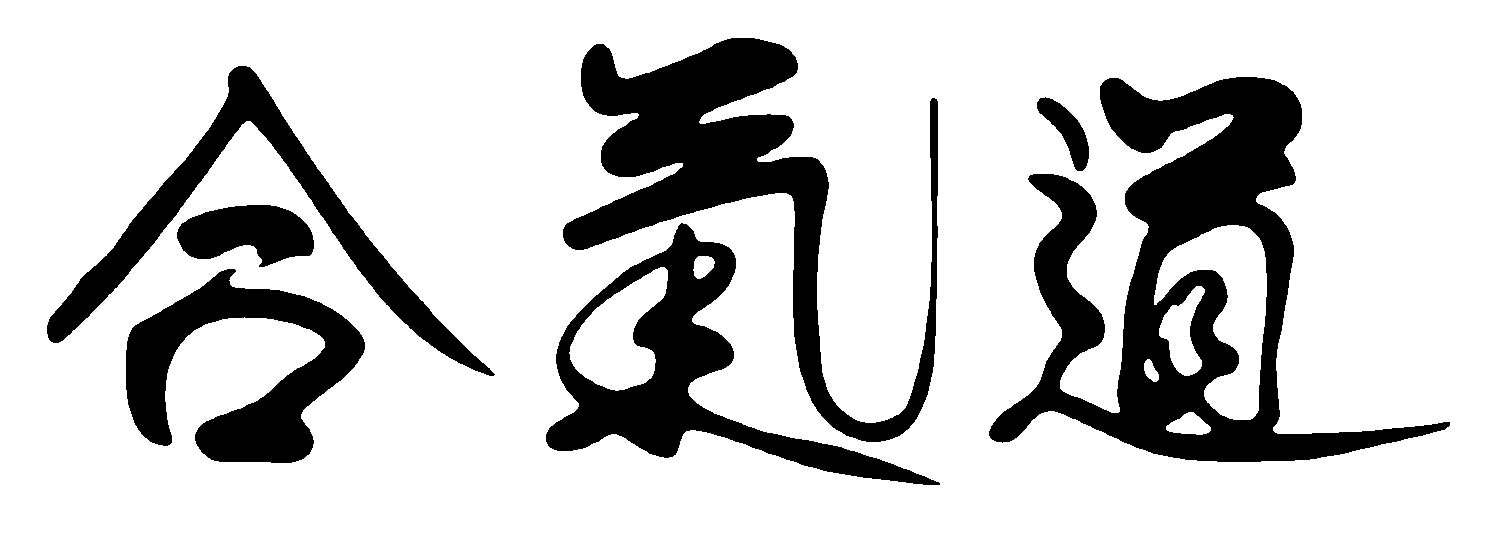Iwama Aikido
Traditional Aikido: As Taught in Iwama, Japan


AIKIDO, as well as other BUDO (martial arts) including JUDO, KENDO, KARATE-DO, etc., and disciplines such as CHA-DO (the tea ceremony) and KA-DO (flower arranging), can be considered as paths up a mountain. A person who reaches the top achieves SATORI (spiritual enlightenment). This is the same goal as in ZEN meditation, which is another path up the mountain.
The last Chinese character in the names of these disciplines is DO, which means path or way. Thus, CHA-DO is the way of tea, etc. A person who wants to climb the mountain has a choice of many paths. The particular path chosen is a matter of personal preference.
The first character in BUDO is BU, which means martial. Thus, BUDO is the martial way. BUDO was derived from BUSHIDO (the way of the warrior), which was a code of conduct and honor for Japanese SAMURAI warriors during the period of Japan's many civil wars. The physical training consisted of battle proven techniques that were designed to kill the enemy as efficiently as possible.
The BUSHIDO code was severe, and included SEPPUKU (ritual disembowelment), also known as HARAKIRI, as means of negating dishonor. Another element which was sometimes present in BUSHIDO was Zen or similar meditation, the purpose of which was to enable the warrior to overcome the fear of death and face battle with resignation.
BUSHIDO began to lose its primary purpose when the Tokugawa Shogunate unified Japan in 1603 and brought the civil wars to an end. With the coming of the Meji period in 1868, the Samurai were even prohibited from wearing their swords.
Although the Samurai were free to practice their martial techniques, the end goal of using them in war was no longer primary. Many varied schools of swordsmanship and other martial arts sprung up all over the country.
In the earlier days, inter-school rivalries and individual desires for reputation provided competitions including duels to the death. There were a number of swordfighters wandering through Japan looking for matches who were comparable to the gunfighters of the American Old West.
The Tokugawa period lasted over 250 years, during which Japan was completely at peace. The practice of martial arts began to move away from simple effectiveness toward an art form. The older concepts of BUSHIDO began to evolve into BUDO, with the emphasis being on self-improvement and using martial power to preserve peace.
The Chinese character for BU consists of two subcharacters, one of which represents a halberd (symbolizing all weapons), and the other of which means "stop". As such, the character for BU means to stop the use of weapons, and thereby war. BUDO, the martial way, taken literally, is the way of stopping war.
BUDO differs from other paths up the mountain in that the way consists of learning and mastering martial techniques that were originally designed to kill an enemy in battle. The practice of BUDO is more difficult than BUSHIDO in that the techniques must be adapted to provide strenuous physical conditioning without actually injuring training partners. This must be accomplished without losing the effectiveness of the techniques.
Fortunately, recent history has seen great martial artists such as Jigoro Kano of Judo, Morihei Ueshiba of Aikido, Gichin Funakoshi of Karate-do, just to name a few, who have achieved this goal and produced martial art training systems that embody the goals of BUDO. Training partners are able to push each other to their limits using strong power which is effective to prevail in a violent engagement should it become unavoidable, but without undue fear of injury.
The body leads the mind, in that a person feels proper execution of technique with their body first, and later intellectualizes it so that he or she can provide guidance for junior trainees. Hard training against resistance is absolutely essential, as without it a trainee will never learn what is effective and what is not.
Most people do not want to actually engage in war and kill others. In this regard, BUDO provides the benefits of BUSHIDO with the negative aspects (necessity to kill, fear of death, SEPPUKU, etc.) removed.
BUDO is a path up the mountain which provides TANREN (tempering) of the mind, body and spirit, exciting physical engagement, practical self-defense skills, and the camaraderie of others who are striving for the same goals.
Achieving SATORI is very hard, requiring tremendous effort over many years, and most people will not make it. Although reaching the top of the mountain would be wonderful, it is the process or way which provides enjoyment and benefit on a daily basis for those who take it.